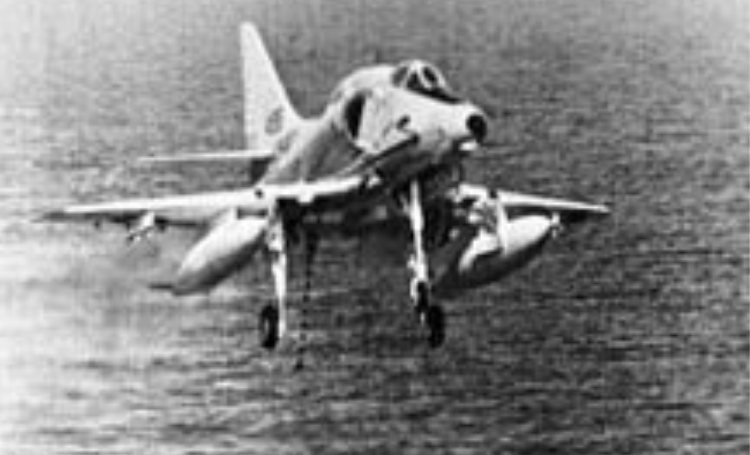Walter J. Boyne
Group Historians, 2013
“The political ramifications involved not only the relationship of the United States with Israel but also with the Soviet Union, the Arab countries (particularly Egypt), and NATO members.”
On 6 Oct. 1973, while the State of Israel observed the Jewish holy day of Yom Kippur, war burst upon the Middle East. Egyptian and Syrian forces struck simultaneously against the frontiers of Israel in what would be the fourth Middle East war in 25 years. In his book The Arab-Israeli Wars, Chaim Herzog commented that the attack was the equivalent of the NATO forces in Europe being flung against Israel.1Attacking in midafternoon, Egyptian forces crossed the Suez Canal at three points and moved into the Sinai Peninsula while, to the northeast, Syrian troops overran Israeli-occupied positions in the Golan Heights. After initial Arab successes, the Israeli Defense Forces (IDF) held and by 10 October counterattacked, first in the Golan Heights area, where they drove to within 30 miles of Damascus, and a week later in the Sinai, where they eventually pushed the Egyptians back across the Suez Canal.
The ferocity of the combat severely depleted the equipment and military stockpiles of both sides, and the need for resupply became urgent. The Soviets responded to requests Egypt and Syria and, while US observers looked on with growing apprehension, began airlifting military supplies into those countries aboard An-12 and An-22 transport aircraft.2The United States delayed the resupply of Israel to conduct diplomatic negotiations with Moscow to restore peace in the area; however, it became apparent that those talks would succeed only by reestablishing the military balance through a massive resupply of war material to Israel.
US officials considered various delivery methods that did not require military airlift forces to enter the war zone.3They rejected sealift because the prohibitively long time necessary for delivery would fail to meet Israel’s urgent requirements. Airlift was the only viable alternative, and plans were quickly drawn to accomplish the necessary resupply. On 13 October President Nixon made the decision to begin the airlift, and on the following day the first US military transport, a C-5, landed at Lod International Airport, Tel Aviv. The American airlift, dubbed Operation Nickel Grass, was under way.4
To view the original article, click here


